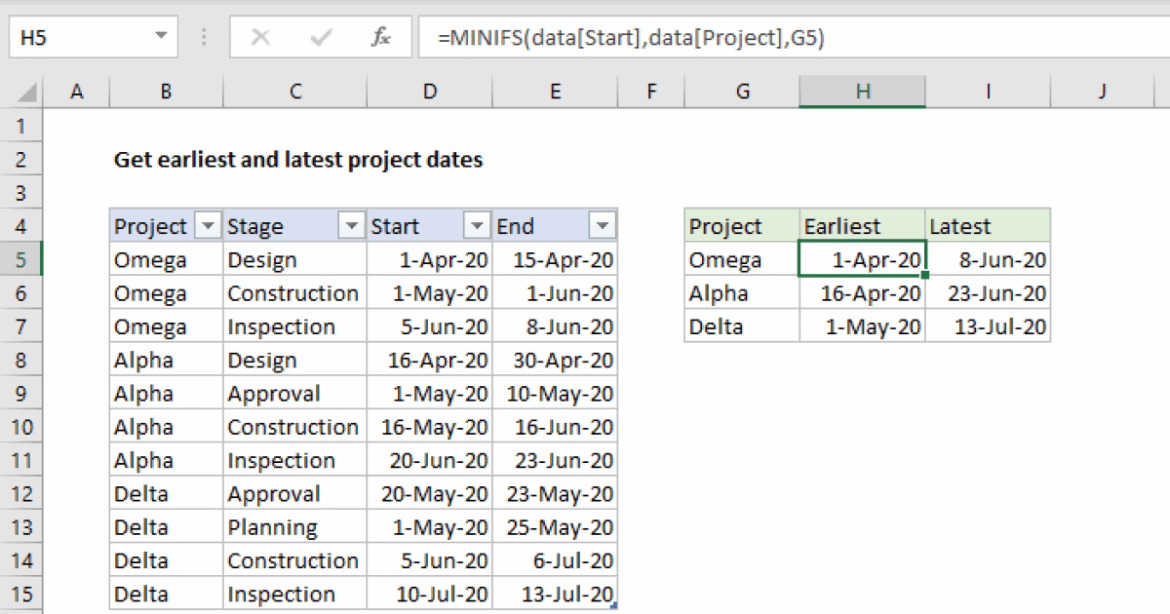Easter, the reverent celebration commemorating the resurrection of Jesus Christ, holds profound significance within the Christian calendar. The date of Easter is not fixed; it varies each year, which often leads to inquiry and contemplation regarding its earliest and latest possible dates. Understanding these temporal boundaries provides essential insight into the liturgical cycle and enriches one’s appreciation of this pivotal event in Christian theology.
The method for determining the date of Easter is rooted in a combination of ecclesiastical and astronomical considerations. Rooted in the Council of Nicaea in 325 AD, the formula established that Easter is celebrated on the first Sunday following the full moon after the vernal equinox. This conjunction of lunar and solar calendars can be somewhat perplexing, as it means that Easter can fall anywhere between March 22 and April 25.
At the crux of the Easter date calculation lies the vernal equinox, which occurs around March 21. The Church has fixed this date, irrespective of the astronomical variations that can occur. Easter Sunday is thus connected to the paschal full moon—the first full moon on or after the vernal equinox. The Church’s determination to align with the cycles of nature reflects the theological belief that creation is intimately tied to divine rebirth and renewal.
The earliest possible date for Easter is March 22. This aligns with the full moon occurring just after the vernal equinox. The significance of early March dates is steeped in the typological parallels it draws to the Passion of Christ. Early Easter celebrations reflect the urgency of the Resurrection’s proclamation, reinforcing the narrative of hope and salvation breaking into the world at a time of relative darkness.
Conversely, the latest date Easter can occur is April 25. This is a fascinating aspect of the Christian liturgical calendar as it emphasizes the dynamic character of the Church’s traditions as they adapt to temporal fluctuations. An April Easter reminds the faithful of the deeper themes of resurrection intertwined with the blooming of spring—symbols of renewal, vitality, and divine grace manifest in the natural world.
Throughout history, the relevance of Easter dates has been accentuated within Christian thought. Early Church Fathers recognized the multifaceted layers of meaning associated with Christ’s resurrection. For instance, in their writings, they often elucidated the eschatological dimensions that both early and late Easters invoke. Early Easters symbolize the immediacy of faith and the anticipated return of Christ. In contrast, later Easters foster a contemplative ambiance, inviting reflection on the permanence of resurrection and the life that follows beyond time.
Furthermore, it is worth observing how local customs and cultural interpretations shape the celebration of Easter around the world. In some traditions, earlier Easter observances may coincide with the onset of spring festivals, linking resurrection themes with agricultural renewal. In contrast, later Easter celebrations might align with historical events or local culture, enriching the experience of faith through the prism of community identity and heritage.
As congregations prepare for Easter, the theological reflections surrounding the timing of this celebration also bring to light important liturgical practices. For example, the weeks leading up to Easter are known as Lent, a period dedicated to penitence, reflection, and spiritual discipline. The Church invites believers to engage deeply with the scriptural accounts of Jesus’s final days. In this context, the dates of Easter establish a rhythm that encourages spiritual readiness—a preparation for the joyous proclamation of the Resurrection.
The interplay between the earliest and latest possible dates for Easter invites further exploration into the role of time within Christian theology. The concept of chronos (measured time) versus kairos (the opportune moment) is particularly salient. While the chronology of Easter celebrations reflects the ordered nature of God’s creation, it simultaneously invites believers into the kairos of Easter—the divine intersection where time meets eternity. This moment features prominently in the narrative of salvation, offering a poignant avenue for deeper spiritual engagement and personal transformation.
Contemplating the oscillation of Easter between March 22 and April 25, Christians are reminded that the resurrection can be experienced at any time. Easter’s fluid timetable symbolizes that renewal and resurrection are not confined to liturgical observances alone; rather, they resonate in the hearts of believers year-round. Each individual has the opportunity to encounter personal resurrections through faith, hope, and love—a testament to the enduring power of Christ’s message.
In conclusion, the exploration of the earliest and latest possible dates for Easter enriches the Christian experience, offering a treasure trove of theological insight and spiritual reflection. Each date encapsulates a unique opportunity to ponder the significance of resurrection in the believer’s life and invites engagements with the broader narratives of creation and redemption. As Christians navigate their spiritual journeys, the dates of Easter serve not merely as markers on a calendar but as pivotal touchpoints for experiencing the profound reality of resurrection and the overarching narrative of divine love intertwined in the fabric of time and history.



